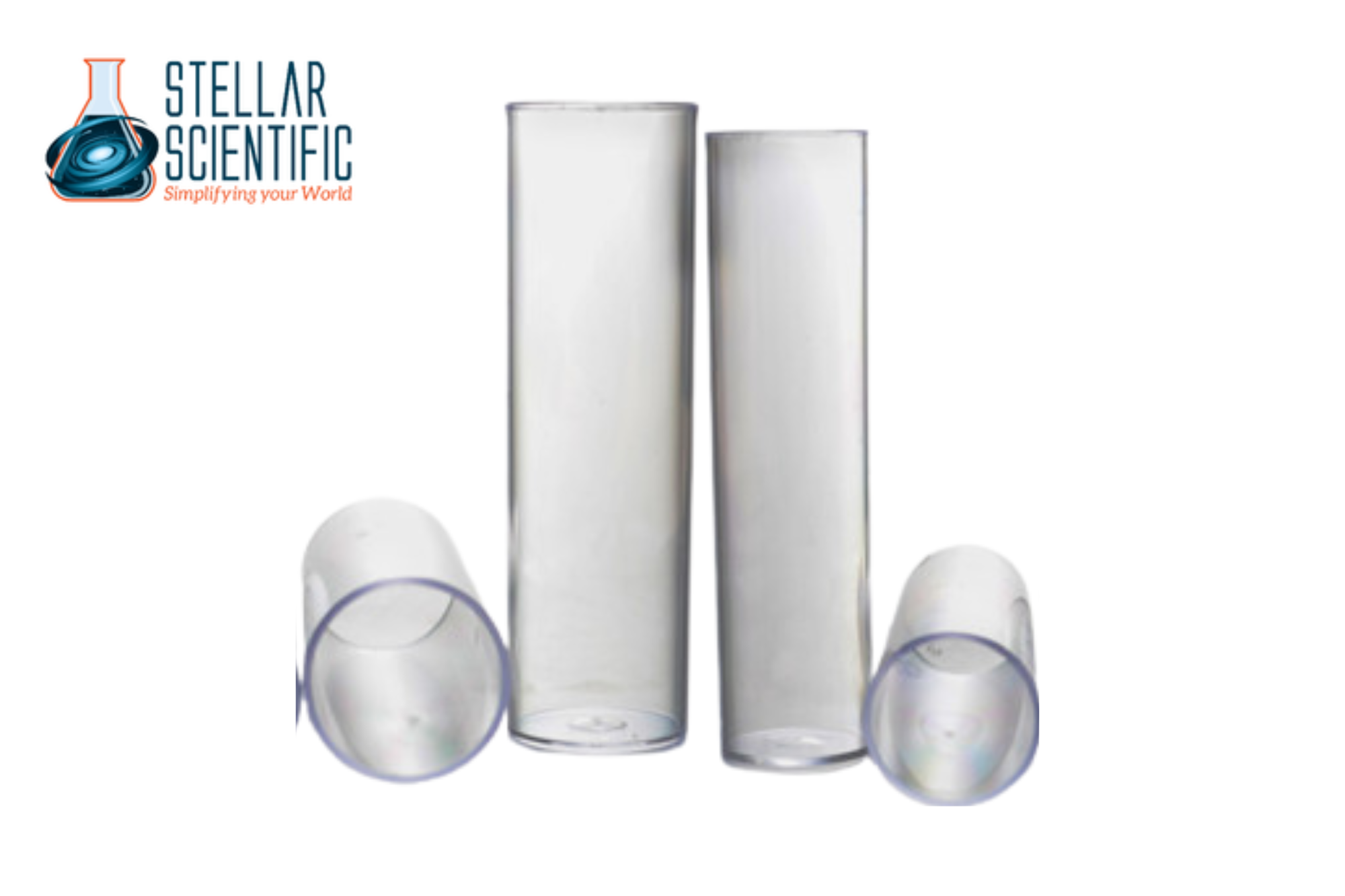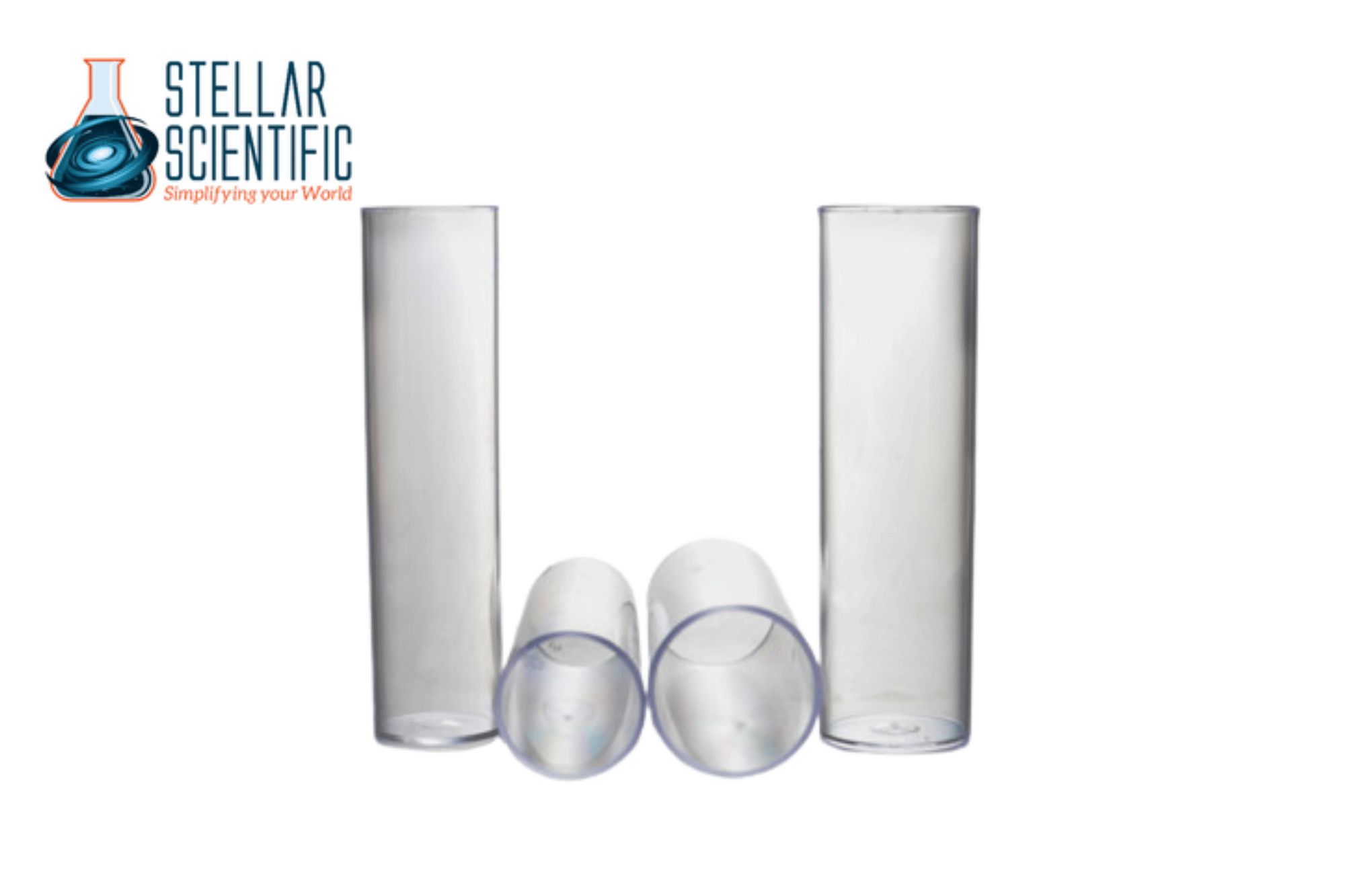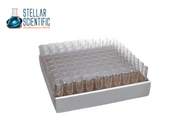Top Drosophila Vials for Reliable and Accurate Results
26th Aug 2025
In Drosophila research, every element of your workflow, from fly stock maintenance to data collection, must be designed for precision. A fundamental but often overlooked component of this workflow is the Drosophila vial. These small containers play a significant role in ensuring the consistency and integrity of research results. The choice of vial directly affects the health of the flies, the reproducibility of experiments, and the reliability of your data.
Whether you're studying genetics, neurobiology, behavior, or development, high-quality Drosophila vials are a must. They serve as the environment where flies are born, live, and reproduce. Any compromise in vial material, size, or ventilation can introduce variability that undermines the research.

Features of Reliable Drosophila Vials
To achieve accurate and reproducible results, Drosophila vials must possess several key features that make them suitable for laboratory use:
Durable Construction
Vials should be made of high-clarity, impact-resistant plastic, such as polypropylene or polystyrene. These materials offer durability, resist warping under autoclaving (for compatible models), and maintain a consistent internal environment. They must also be chemically inert to prevent leaching that could affect the media or flies.
Consistent Dimensions
Standardized dimensions are critical for compatibility with vial racks, automated dispensing systems, and incubators. Variations in vial height or diameter can cause inconsistencies in airflow and temperature exposure, potentially impacting fly development.
Optimal Ventilation
Proper airflow is vital for maintaining the right humidity and oxygen levels inside the vial. High-quality vials are often used in combination with ventilated closures such as foam plugs or mesh caps, which prevent contamination while allowing adequate gas exchange.
Transparency for Monitoring
Clear vials allow researchers to easily monitor fly behavior, development stages, and media conditions without disturbing the internal environment. This visibility improves observational accuracy and helps avoid unnecessary disruption.
Compatibility with Closures and Stoppers
Drosophila research requires that vials securely interface with closures, foam plugs, or cotton stoppers to prevent fly escape and contamination. Vials with smooth rims and consistent opening diameters are essential for a snug, reliable fit.
Application in Various Research Environments
A Drosophila vial is used in a wide variety of life science research contexts. From academic institutions to biotech labs, reliable vials are essential tools that support experimental accuracy across several disciplines:
Developmental Biology
Drosophila melanogaster is a model organism widely used in the study of embryonic development. High-quality vials ensure that media conditions are consistent throughout the larval and pupal stages, allowing for precise temporal control of developmental observations.
Genetics and Genomics
Drosophila has long been a cornerstone of genetic research. Reliable vials reduce the risk of cross-contamination between lines and maintain stable environments for mutant strains. This stability is crucial when studying gene expression, inheritance patterns, and transgenic models.
Neuroscience and Behavior
Studies that involve behavior such as locomotor activity or learning and memory require minimal interference from environmental variables. The correct vials support consistent lighting, temperature control, and visibility, all of which are necessary for collecting valid behavioral data.
Toxicology and Pharmacology
When assessing the impact of chemicals or drugs on Drosophila models, the container itself must not introduce any reactive agents. Sterile, inert vials reduce the chance of confounding variables and support reproducible outcomes.
Best Practices for Using Drosophila Vials
Even with the best vials, proper usage is essential. Researchers should follow standardized procedures to maximize the reliability and safety of their experiments:
Sterilization
Before use, vials should be sterilized, especially if they are being reused. Autoclavable vials are a good choice for labs aiming to reduce waste and costs, but care must be taken to prevent deformation.
Proper Storage
Store vials in a clean, dry environment to prevent contamination. Keeping them organized and covered minimizes the risk of airborne particles settling inside.
Consistent Media Volume
Ensure the media volume is consistent across all vials used in a given experiment. Irregularities can affect nutrient availability, humidity, and fly behavior.
Labeling and Tracking
Use clear, waterproof labeling to identify experimental groups. Vials should be arranged systematically in racks or incubators to minimize handling and reduce variability in temperature or light exposure.

Choosing the Right Vial for Your Lab
When selecting lab Drosophila vials, it’s important to consider not just price, but also performance and compatibility. Here are some criteria to help you choose the best options:
- Autoclavable vs. Disposable: Depending on your lab’s throughput and sustainability goals, choose between reusable autoclavable vials or single-use sterile options.
- Material Type: Polypropylene is more chemically resistant and heat-tolerant, while polystyrene offers better clarity for observation.
- Volume and Size: Select the vial size that aligns with your media volume needs and fly population size.
- Rim Design: Ensure the rim accommodates your preferred stopper type—whether cotton, rayon, or foam.
Why Lab-Grade Vials Are Worth the Investment
Investing in research-grade polystyrene Drosophila vials leads to better reproducibility, fewer experimental errors, and increased confidence in your results. Cutting corners on materials may seem cost-effective at first, but the potential for compromised data, increased contamination, and fly mortality makes high-quality vials the smarter choice for any serious lab.
Accurate research depends on eliminating as many variables as possible, and the tools used in your workflow are a part of that equation. Choosing top-performing vials is a small but crucial step toward scientific integrity.
About Stellar Scientific
Stellar Scientific is a trusted source for high-performance laboratory equipment and consumables. Our inventory includes top-quality Drosophila vials, incubators, centrifuges, gel documentation systems, pipettes, and more, curated to meet the rigorous standards of modern research. Whether you're in an academic lab, biotech startup, or pharmaceutical company, our team is dedicated to providing reliable products that support your work from bench to breakthrough.

